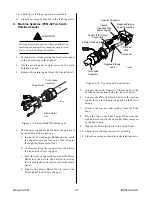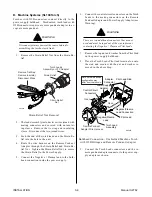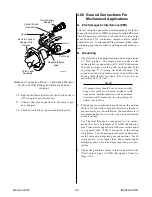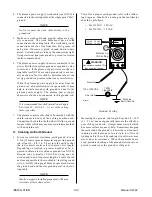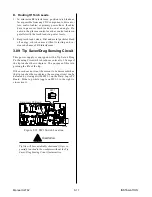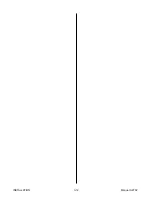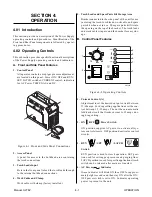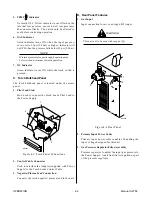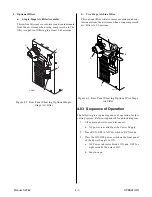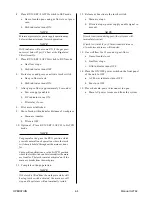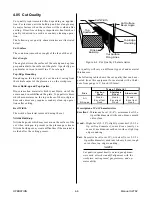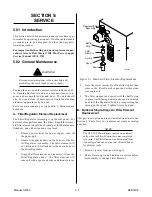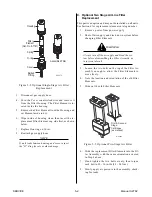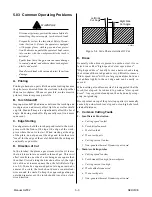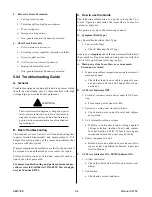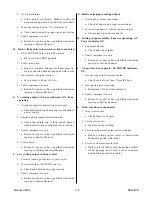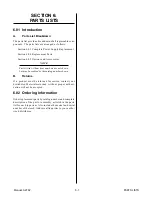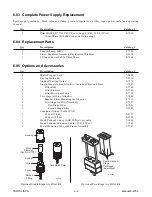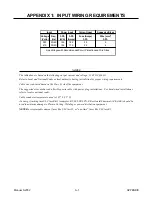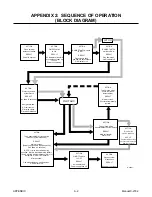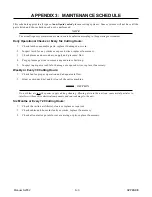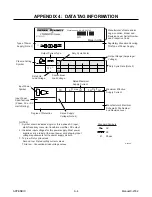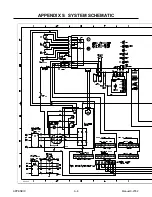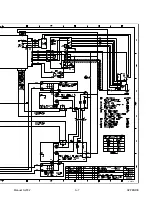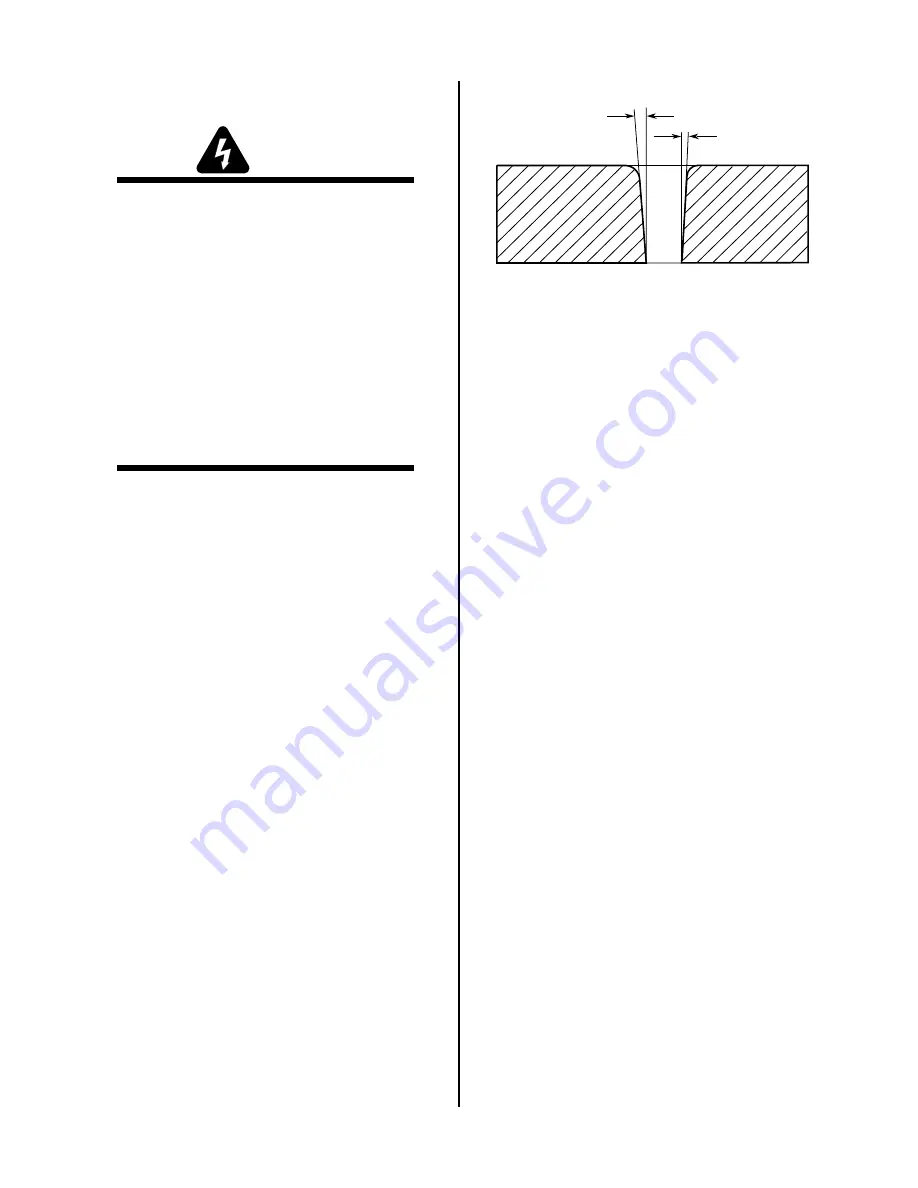
Manual 0-2782
5-3
SERVICE
5.03 Common Operating Problems
WARNINGS
Disconnect primary power at the source before dis-
assembling the power supply, torch, or torch leads.
Frequently review the Important Safety Precau-
tions (Section 1). Be sure the operator is equipped
with proper gloves, clothing, eye and ear protec-
tion. Make sure no part of the operator’s body comes
into contact with the workpiece while the torch is
activated.
Sparks from the cutting process can cause damage
to coated, painted, and other surfaces such as glass,
plastic and metal.
Handle torch leads with care and protect them from
damage.
A. Piloting
Piloting is harder on parts life than actual cutting because
the pilot arc is directed from the electrode to the tip rather
than to a workpiece. Whenever possible, avoid excessive
pilot arc time to improve parts life.
B. Torch Standoff
Improper standoff (the distance between the torch tip and
workpiece) can adversely affect tip life as well as shield
cup life. Standoff may also significantly affect the bevel
angle. Reducing standoff will generally result in a more
square cut.
C. Edge Starting
For edge starts, hold the torch perpendicular to the work-
piece with the front of the tip at the edge of the work-
piece where the cut is to start. When starting at the edge
of the plate, do not pause at the edge and force the arc to
"reach" for the edge of the metal. Establish the cutting arc
as quickly as possible.
D. Direction of Cut
In the torches, the plasma gas stream swirls as it leaves
the torch to maintain a smooth column of gas. This swirl
effect results in one side of a cut being more square than
the other. Viewed along the direction of travel, the right
side of the cut is more square than the left (Refer to Fig-
ure 5-2). To make a square-edged cut along an inside di-
ameter of a circle, the torch should move counterclock-
wise around the circle. To keep the square edge along an
outside diameter cut, the torch should travel in a clock-
wise direction.
Right Side
Cut Angle
Left Side
Cut Angle
A-00512
Figure 5-4 Side Characteristics Of Cut
E. Dross
Generally when dross is present on carbon steel, it is re-
ferred to as either "high speed or slow speed dross".
"High speed dross" usually forms a narrow bead along
the bottom of the cut edge and is very difficult to remove.
"Slow speed dross" will be in larger quantities but does
not adhere tightly to the cut edge and can be easily re-
moved.
When cutting a troublesome steel, it is suggested that the
torch travel speed be reduced to produce "slow speed
dross". Any required cleanup can then be done by scrap-
ping, not grinding.
Dross present on top of the plate (top spatter), is normally
caused by a slow torch travel speed or too high of a torch
standoff distance.
F. Common Cutting Faults
1. Insufficient Penetration
a. Cutting speed too fast
b. Torch tilted too much
c. Metal too thick
d. Worn torch parts
e. Cutting current too low
f.
Non-genuine thermal Dynamics parts used
2. Main Arc Extinguishes
a. Cutting speed too slow
b. Torch standoff too high from workpiece
c. Cutting current too high
d. Work cable disconnected
e. Worn torch parts
f.
Non-genuine thermal Dynamics parts used
Summary of Contents for CE PAKMaster 75 XL Plus
Page 2: ......
Page 6: ......
Page 28: ...INSTALLATION 3 12 Manual 0 2782 ...
Page 47: ...Manual 0 2782 A 5 APPENDIX This page left blank ...
Page 48: ...APPENDIX A 6 Manual 0 2782 APPENDIX 5 SYSTEM SCHEMATIC A 02638 ...
Page 49: ...Manual 0 2782 A 7 APPENDIX A 02638 ...
Page 50: ......

